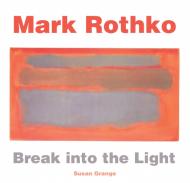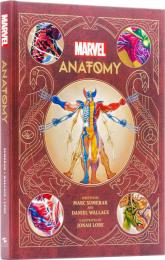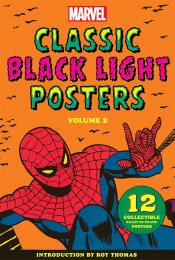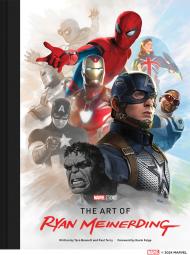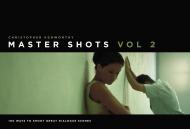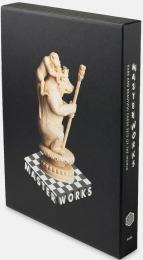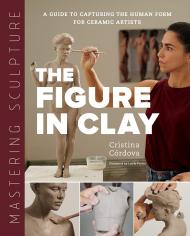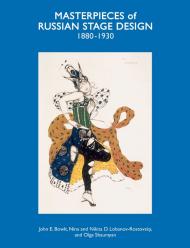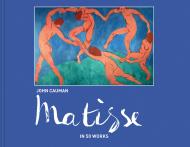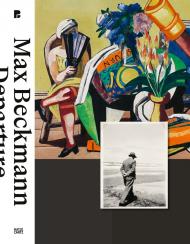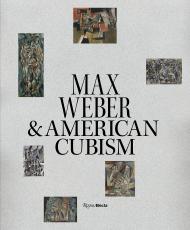Коли сили Скруллів використовують свої здібності до зміни форми, щоб проникнути крізь оборону Землі, Король Т'Чалла має заглибитися в наукові архіви Ваканди, щоб визначити, які супергерої та суперзлодії можуть бути найбільш ризикованими. За допомогою своєї блискучої сестри Шурі, Чорна Пантера досліджує унікальну анатомічну будову широкого кола людей з суперсилами, розкриваючи секрети їхніх здібностей.
Ця розкішна книга, що містить ексклюзивні анатомічні ілюстрації, створені концепт-художником Джоною Лобе (Skyrim, Fallout) та написані Марком Сумераком (MARVEL Future Revolution) та Деніелом Воллесом (The Jedi Path), є візуально приголомшливою подорожжю у світ сил найвидатніших персонажів Всесвіту Marvel.
ВІЗУАЛЬНО ПРИГОЛОМШЛИВО:
Має унікальні та вишукано деталізовані анатомічні ілюстрації від відомого концепт-художника Джони Лобе (Skyrim, Fallout).
100+ УНІКАЛЬНИХ ІЛЮСТРАЦІЙ:
Чудово ілюстровані поперечні зрізи в поєднанні із захопливими думками відображають унікальний набір сил кожного супергероя та суперлиходія.
ВІДЧУЙТЕ ВСЕСВІТ MARVEL, ЯК НІКОЛИ РАНІШЕ:
Написана з точки зору улюбленого персонажа Marvel, книга Marvel Anatomy: A Scientific Study of the Superhuman досліджує таємниці героїв із суперсилами, а також мутантів, позаземних форм життя та технічно вдосконалених особистостей.
ПОНАД 60 ПЕРСОНАЖІВ:
Marvel Anatomy: A Scientific Study of the Superhuman розкриває анатомію понад шістдесяти улюблених фанатами персонажів Marvel, включаючи Людину-павука, Халка, Таноса, Містік, Істоту, Дівчину-білку, Венома та Грута.
ВИДОВИЩНЕ ДОПОВНЕННЯ ДО ВАШОЇ БІБЛІОТЕКИ КОМІКСІВ:
Ця книга поповнює захопливу лінійку коміксів Marvel від Insight Editions, включаючи Marvel: Avengers Campus: The Official Cookbook and Magic of Marvel Oracle Deck.
Про авторів:
Марк Сумерак — номінант на премії Айснера та Харві, письменник і редактор, чиї роботи протягом останніх двох десятиліть були представлені в коміксах, книгах та відеоіграх, що представляють деякі з найулюбленіших франшиз поп-культури, включаючи Marvel, Star Wars, Harry Potter, Back to the Future та багато інших. Дізнайтеся більше на сайті www.sumerak.com. Він мешкає в Клівленді, штат Огайо.
Деніел Воллес є автором або співавтором понад п'ятдесяти книг, включаючи The Jedi Path, Ghostbusters: The Ultimate Visual History, The World According to Spider-Man, Warcraft: Behind the Dark Portal, Star Wars: The Lightsaber Collection, та бестселер The New York Times Star Wars: The New Essential Guide to Characters. Його спеціалізація — дослідження основ популярних вигаданих всесвітів.
